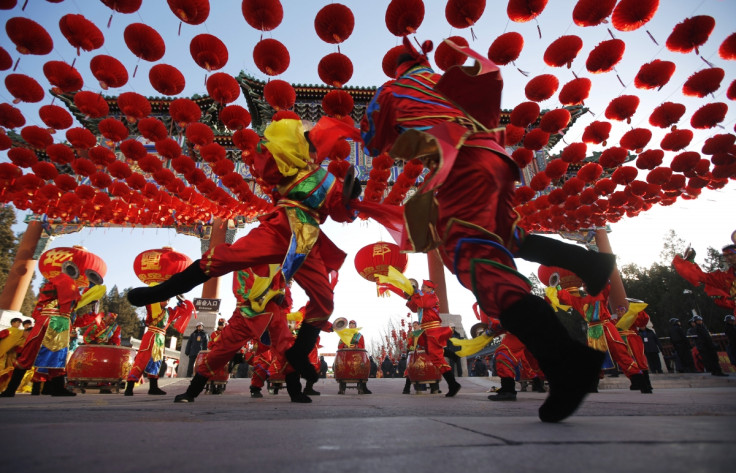Chinese New Year 2014: RMB Liberalisation and Yuan Growth

Given China's status as the world's largest trading nation, it is almost inevitable that the yuan is destined to become a major international currency, boosted by the twin forces of domestic financial reform and booming intra-Asian trade.
China is already the most important trade partner for many countries. Last year, it overtook the US to become the world's largest trading nation in goods.
If history is any indication, the yuan should be a major player on the world stage.
But that is not the case – yet.
Growth of Yuan
In 2012, 12% of China's trade was settled in yuan, up from 8% in 2011 and 2% in 2010. The figures may seem low – more than 80% of US trade is dollar-denominated, while more than 50% of EU trade is settled in euros– but the scheme for cross-border trade settlement in RMB was only launched in July 2009.
The percentage of China's trade settled in yuan is now nearly 20%, and HSBC forecasts that will increase to 30% by 2015.
If history is any indication, the yuan should be a major player on the world stage. But that is not the case – yet.
One reason behind the rise in global usage of the yuan is the increase and direction of intra-Asian trade. With rapid urbanisation and a rising middle class, intra-Asian trade has grown spectacularly. It now accounts for 53% of total Asian trade, up from 41% in 2000.
According to the WTO, by 2020 intra-Asian trade will be worth $10.8tn (£6.5tn, €7.9tn), almost twice as much as trade between Asia and the rest of the world ($5.5tn).
The flows of global trade are shifting.
It used to be that goods were made in the East and then sold in the West. While that will undoubtedly continue, more and more will be produced and consumed in Asia. Much of this intra-Asian trade will be conducted through the Asian global supply chain, with the yuan playing a key role.
To understand China's role in the growth of intra-Asian trade, look no further than its neighbour Asean.
Bilateral Trade
In 2012, bilateral trade was worth $400bn, five times that of 2003.
The two entities, which accounts for nearly 30% of the world's population, have since agreed to upgrade their free trade agreement, with the goal of increasing bilateral trade to $1tn by 2020.
China is now the dominant economy in Asia, and the epicentre of intra-Asian trade has moved accordingly. As its economy grows, so will its appetite for everything from raw materials to finished goods. As such, the influence of China's trade, and that of the yuan, will only increase. The yuan has the opportunity, as well as the potential, to become Asia's trade currency.
In 2012, bilateral trade was worth $400bn, five times that of 2003
Unlike with the West, China actually runs a trade deficit with much of Asia. By settling its Asian trade in yuan, payments flow out of China, creating a sizeable pool of yuan outside the country. In this, there are echoes of the 1950s, when US deficits with Europe helped the dollar eclipse sterling as the world's leading trade settlement currency.
Organic growth of the offshore renminbi market, therefore, is dependent on trade settlement in RMB. And the establishment of offshore clearing centres in Taiwan and Singapore makes trade settlement in RMB even more enticing, especially for Taiwan (home to China's largest trade deficit) and Asean (soon to be China's largest trading partner).
Of course, for the yuan to become Asia's trade currency, it must become more attractive as an investment currency.
No one will invest in the yuan if it can only be used to pay for goods and services. Because of capital controls, the yuan cannot yet flow freely into and out of China, but the Chinese government has stepped up the pace of relaxing some of these restrictions.
Offshore renminbi centres, led by Hong Kong, continue to have an important role to play. With our superb RMB financial infrastructure, we should look to work with others, including Shanghai, to help open up the Chinese financial system.
The yuan remains on course to become one of the top three global currencies, and we must continue to capitalise on the opportunities that will arise along the way.
Anita Fung is HSBC's Hong Kong chief executive officer.
© Copyright IBTimes 2024. All rights reserved.





